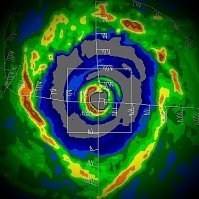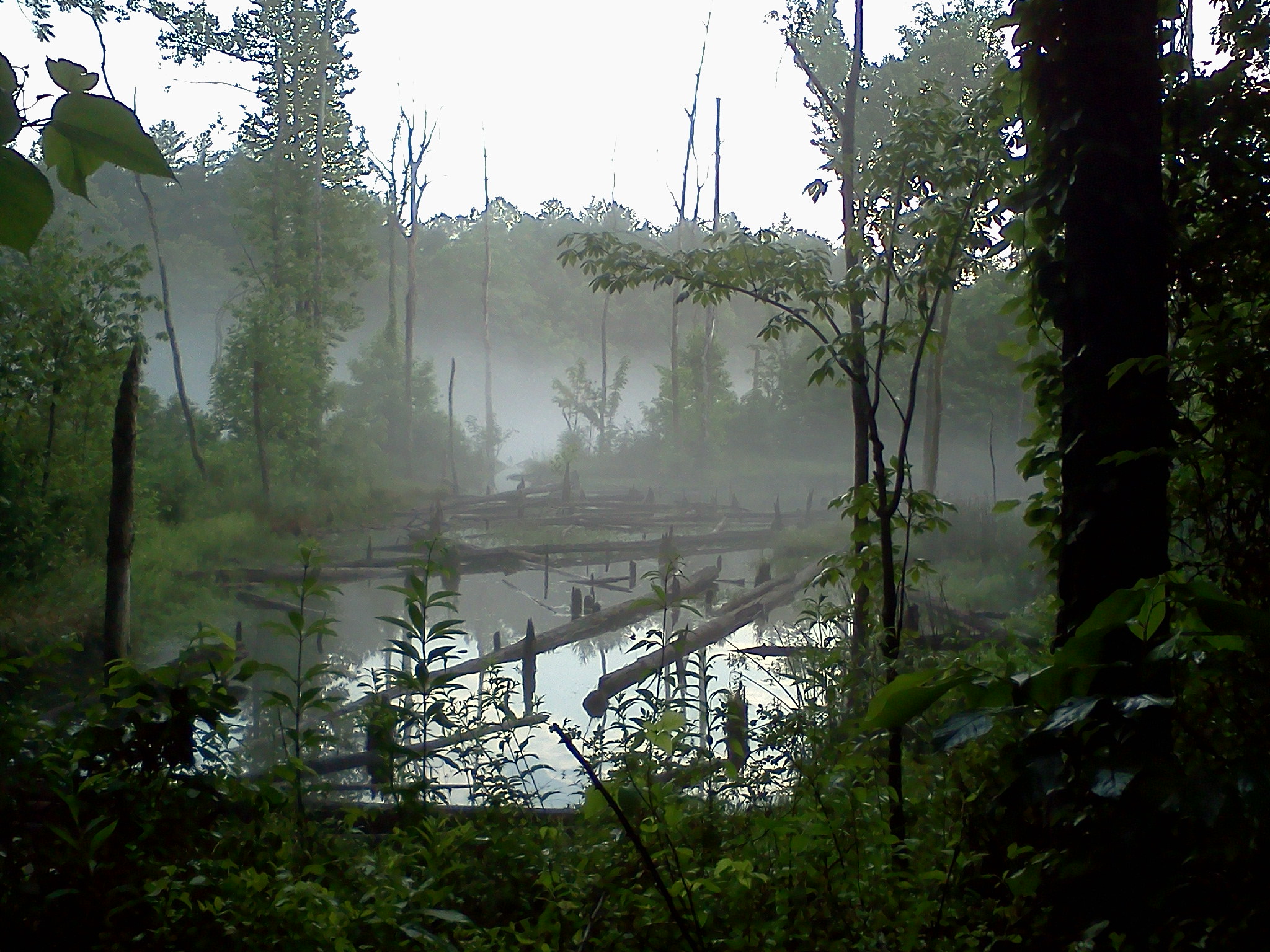-
Posts
4,715 -
Joined
-
Last visited
Content Type
Profiles
Blogs
Forums
American Weather
Media Demo
Store
Gallery
Everything posted by Windspeed
-
Bristol picked up about a .5-.75". Was pouring pretty good there for a bit to make the roads covered and slick. It was fun getting into work. [emoji854]
-

Jan 11-12 Mississippi Mauler: Will it or won't it?
Windspeed replied to John1122's topic in Tennessee Valley
Pouring in Bristol now. Early radar echoes all seemed mostly virga, but now seems like the column has moistened up enough for some moderate flakes. A nice surprise!- 112 replies
-
- 5
-

-
Not going through the entire modern historical record, but it's not frequent. These are the most recent years that the North Atlantic Basin had higher ACE than the NW Pacific Basin. 1998 1999 2010 2017 2020 Interestingly, the two other hyperactive seasons in the Atlantic, 2004 and 2005, got stomped by the WPAC.
-
Model evolution / trends over the past 12 hours are definitely swinging towards a major snowstorm event for the eastern half of the Valley. Also extreme SWVA to Roanoke looking better to avoid a potential sharp cuttoff around KTRI. I suppose I am cautiously optimistic now. See if this can hold serve on the next few runs to gain confidence.
-

January 2021 Medium/Longterm Pattern Discussion.
Windspeed replied to AMZ8990's topic in Tennessee Valley
[emoji102] -

December 2020 Medium/Long Term Pattern Discussion.
Windspeed replied to John1122's topic in Tennessee Valley
-

Dandridge Dollop 12/24/20 Storm Thread (Winter Wonderland)
Windspeed replied to AMZ8990's topic in Tennessee Valley
That 12z ECMWF run has peaked my excitement. I have been cautiously optimistic but now I am in full hype mode. I feel conservatively 3" is now a safe call for KTRI. Edit: Meh, maybe 2-3" would be the safe call.- 847 replies
-
- 7
-

-
- cold temperatures
- snow
- (and 8 more)
-
Make that a Cat 5 on the Aussie scale. [emoji102] JTWC presently has it at 110 kts and expectss further intensification. Should reach a high end Category 4(Saffir-Simpson) prior to land interaction.
-

December 2020 Medium/Long Term Pattern Discussion.
Windspeed replied to John1122's topic in Tennessee Valley
This is a pretty big deal and thought it should go here. -

Wild Speculation for Winter 20 -21
Windspeed replied to Holston_River_Rambler's topic in Tennessee Valley
Yeah you can always live vicariously through New Englanders. [emoji25] -
Worth pointing out that Central America was hit very hard and we shouldn't forget that. Though Louisiana was certainly beat up this season, the US still has the resources to mitigate and assist our fellow citizens. We shouldn't forget them either. That being said, Guatemala, Honduras and Nicaragua and the SW Caribbean were already struggling. Millions of of people are suffering there economically. Now we have a humanitarian crisis as many localized regions are currently devastated. This was a horrific hurricane season.
-
I think last Tuesday's outlook was a wrap on the 2020 season folks! ZCZC MIATWOAT ALL TTAA00 KNHC DDHHMM Special Tropical Weather Outlook NWS National Hurricane Center Miami FL 955 AM EST Tue Dec 1 2020 For the North Atlantic...Caribbean Sea and the Gulf of Mexico: 1. A gale-force, non-tropical low pressure system is centered between the Madeira Islands and the Azores. This system has become less organized during the past 24 hours, and environmental conditions are expected to become less conducive for development as the system moves southwestward during the next day or two. Although subtropical development is now unlikely, this system will continue to produce strong winds and locally heavy rains in the Madeira Islands and the Azores through Wednesday. Additional information on this system can be found in High Seas Forecasts issued by Meteo France. This will be the last Special Tropical Weather Outlook issued on this system. Regularly scheduled Tropical Weather Outlooks will resume on June 1, 2021, while Special Tropical Weather Outlooks will be issued as necessary during the off-season. * Formation chance through 48 hours...low...10 percent. * Formation chance through 5 days...low...10 percent. High Seas Forecasts issued by Meteo France can be found under WMO header FQNT50 LFPW. Forecaster Beven
-
It's literally insane. Gati came out of nowhere, was not modeled by any guidance near this intensity. There is no historical record of a Cat 3 landall in Somalia, though I suspect in years where upwelling off of the NE Somaliaan coast, OHC at near surface might be warm enough on occasion. Still, generally too arid an environment to support such intensities. Takes more than SST support. Just a really phenomenal cyclone. Gati does appear to be weakening into landfall. Unfortunately it may be too late for weakening to mitigate impacts to higher population center as these folks have rarely ever experienced hurricane force impacts to a weak infrastructure.
-
ACE is now at 170. Probably going to hit 180 if Iota rapidly deepens into a Cat 4. The Greek list has been a season in of itself.
-
Don't shoot the messenger but, well, yuck.
- 168 replies
-
- 2
-

-
- leaves changing
- temperatures
-
(and 2 more)
Tagged with:
-
Yes. Also a 67 mph gust now reported near Dundee in Polk County.
-
ACE is at 163 for the season. If 98L, possible future Iota develops into a hurricane in the Western Caribbean, that should get us to 170. A little bit of irony in that. Several preseason forecasts for a hyperactive season, including CSU/RAMSDIS had 170 ACE, including myself early in the thread. Thought it unwise to forecast higher as it takes a lot of luck and a number of long-tracking high end intense hurricanes. Of course this season being dominated by near-to-land rapid intensification and weaker TCs, it's still pretty phenomenal we made it to 170. Thank the late season burst of hurricanes for powering ACE upwards. I had actually revised my number down a lot back in early October to around 140. Definitely busted on that...lol.
-
Downgraded. Punta Gorda just had a 69 mph wind gust.
-
I see what you did there.
-

Tropical Storm Theta - MSW: 65mph... ENE at 8 mph... 989mb
Windspeed replied to yoda's topic in Tropical Headquarters
Text book subtropical storm... -
97L...
-
Eta's core convection has improved significantly this evening. Dare I say looks like a hurricane is back on the menu for tomorrow. It will not remain one into the NGOM however.
-
Severe weather outbreaks.
-
Convection slowly increasing around the center.



